QR Code

I. Characteristics of steel structure
1. Self-weight of steel structure is light
2. Higher reliability of steel structure work
3. Good vibration (shock) resistance and impact resistance of steel.
4. Higher degree of industrialization of steel structure manufacturing.
5. Steel structure can be assembled accurately and quickly.
6. Easy to make sealed structure.
7. Steel structure is easy to corrode.
8. Steel structure has poor fire resistance.
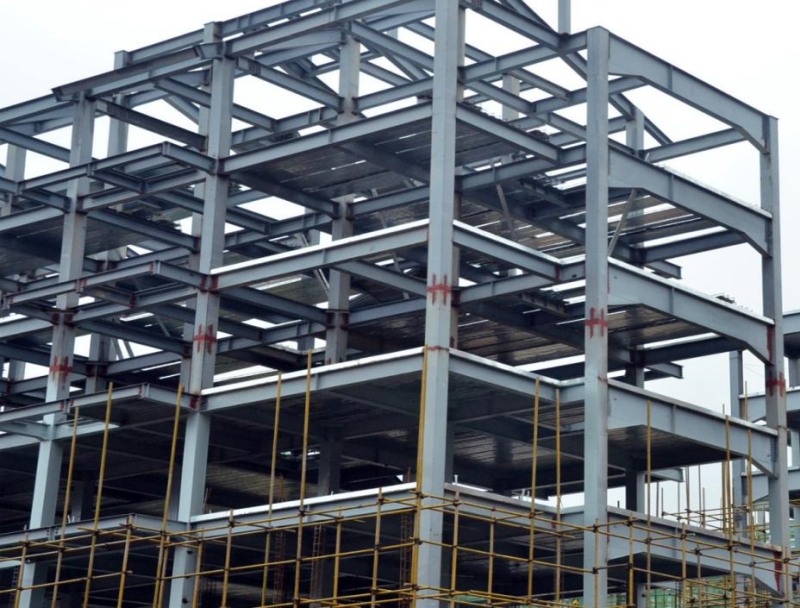
II. Commonly used steel structure steel grade and performance China:
1. Carbon structural steel: Q195, Q215, Q235, Q255, Q275, etc.
2. Low alloy high strength structural steel.
3. Quality carbon structural steel and alloy structural steel.
4. Specialized steel.
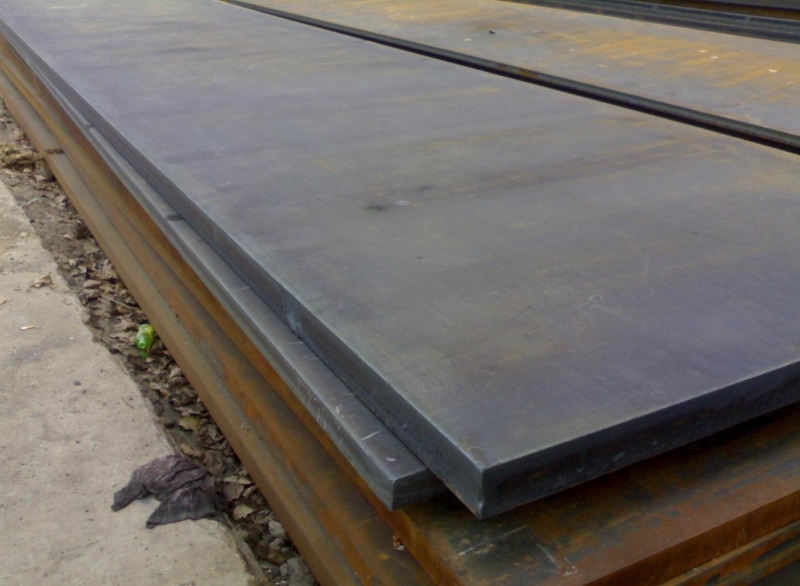
III. Principle of material selection for steel structure
The principle of material selection of steel structure is to ensure the bearing capacity of load-bearing structure and prevent brittle damage under certain conditions, according to the importance of the structure, load characteristics, structural form, stress state, connection methods, steel thickness and the working environment, and other factors considered comprehensively.
IV. Technical content of main steel structure
(1) High-rise steel structure technology. According to the building height and design requirements, frame, frame support, cylinder and giant frame structure are adopted respectively, and its components can be made of steel, strong reinforced concrete or steel pipe concrete. Steel components are light and ductile, and welded steel or rolled steel can be used, which is suitable for ultra-high-rise buildings; strong reinforced concrete components have large rigidity and good fire resistance, which is suitable for middle and high-rise buildings or bottom structures; steel pipe concrete is easy to construct and is only used for column structures.
(2) Space steel structure technology. Space steel structure has light self-weight, large rigidity, beautiful modeling and fast construction speed. The ball node flat plate net frame, multi-layer variable cross-section net frame and net shell with steel pipe as the rod member are the largest amount of space steel structure in China. It has the advantages of large spatial rigidity and low steel consumption in design, construction and inspection procedures, and can provide complete CAD. in addition to the net frame structure, the space structure also has large-span suspension cable structure, cable membrane structure and so on.
(3) Light steel structure technology. Accompanied by light colored steel made of wall and roof enclosure structure composed of new structural forms. By more than 5mm steel plate welded or rolled large cross-section of thin-walled H-beam wall beams and roof purlins, round steel into a flexible support system and high-strength bolts connected to the lightweight steel structure system, the column spacing can be from 6m to 9m, the span can be up to 30m or greater, the height can be up to more than a dozen meters and can be set up to lightweight hanging four. The amount of steel 20 ~ 30kg/m2. Now there are standardized design procedures and specialized production enterprises, product quality, fast installation, light weight, less investment, construction is not limited by the season, suitable for a variety of light industrial buildings.
(4) steel and concrete combined structure technology. Steel or steel management and concrete components composed of beams, columns, load-bearing structure for the steel-concrete combined structure, the scope of application has been expanding in recent years. Combined structure both steel and concrete both advantages, overall strength, good rigidity, good seismic performance, when the use of external concrete structure, more good fire and corrosion resistance. Combined structural components can generally reduce the amount of steel 15-20%. Combination of floor cover and steel pipe concrete components, but also has the advantages of less support mold or no support mold, construction is convenient and fast, the promotion of greater potential. Suitable for multi-storey or high-rise buildings with large loads of frame beams, columns and covers, industrial buildings, columns and covers, etc..
(5) High-strength bolt connection and welding technology. High-strength bolt is through friction to transfer stress, by the bolt, nut and washer three parts. With the advantages of easy construction, flexible dismantling, high bearing capacity, good anti-fatigue performance and self-locking, high safety, etc., high-strength bolt connection has replaced riveting and partially welding in the project, and has become the main means of connection in the fabrication and installation of steel structure. For the steel components made in the workshop, automatic multi-wire arc submerged welding should be adopted for thick plates, and techniques such as fused spout electroslag welding should be adopted for box-shaped column partitions. Semi-automatic welding technology and gas-shielded flux-cored wire and self-protection flux-cored wire technology shall be adopted in on-site installation construction.
(6) Steel structure protection technology. Steel structure protection includes fire protection, anticorrosion and antirust, which is generally adopted after fireproof coating treatment without antirust treatment, but anticorrosion treatment is still needed in buildings with corrosive gases. There are many kinds of domestic fireproof coatings, such as TN series, MC-10, etc. Among them, MC-10 fireproof coatings have alkyd magnetic paint, chlorinated rubber paint, fluorine rubber paint and chlorosulphonated paint. In the construction, suitable coatings and coating thickness should be selected according to the steel structure type, fire resistance level requirements and environmental requirements.
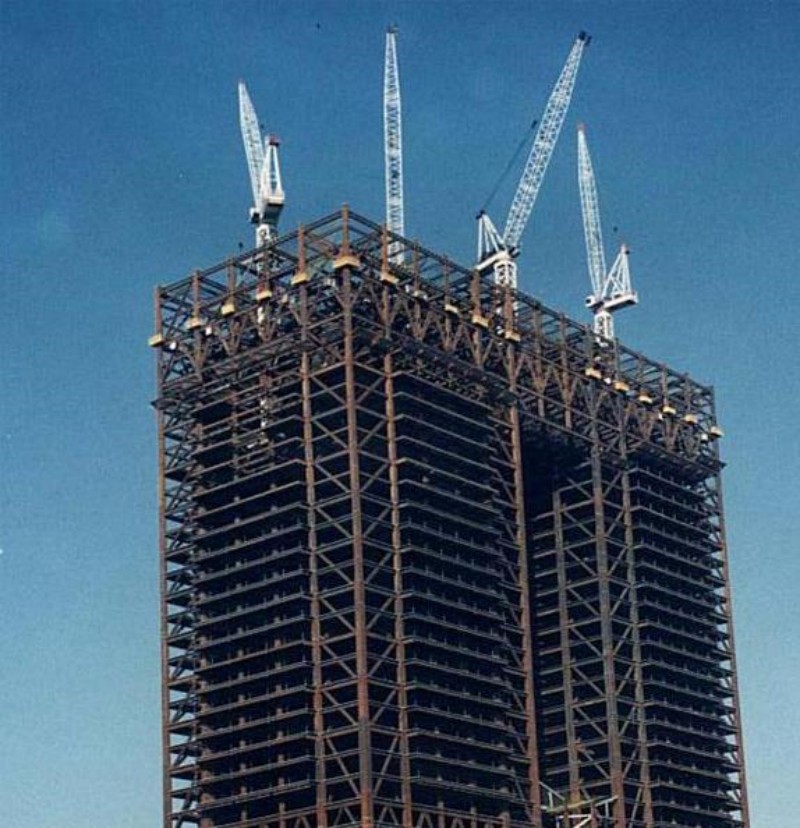
V. Objectives and Measures for Steel Structures
Steel structure engineering involves a wide range of aspects and technical difficulties, and must follow the national and industrial standards and norms in its promotion and application. Local construction administrative departments should pay attention to the construction of specialized phase of steel structure engineering, organize the training of quality inspection team, and summarize the working practice and application of new technology in time. Colleges and universities, design departments and construction enterprises should accelerate the cultivation of steel structure engineers and technicians, and promote the mature technology of steel structure CAD. mass academic groups should cooperate with the development of steel structure technology, widely carry out domestic and foreign academic exchanges and training activities, and actively put the overall level of steel structure design, fabrication and construction and installation technology in the near future, which can be rewarded for the improvement.
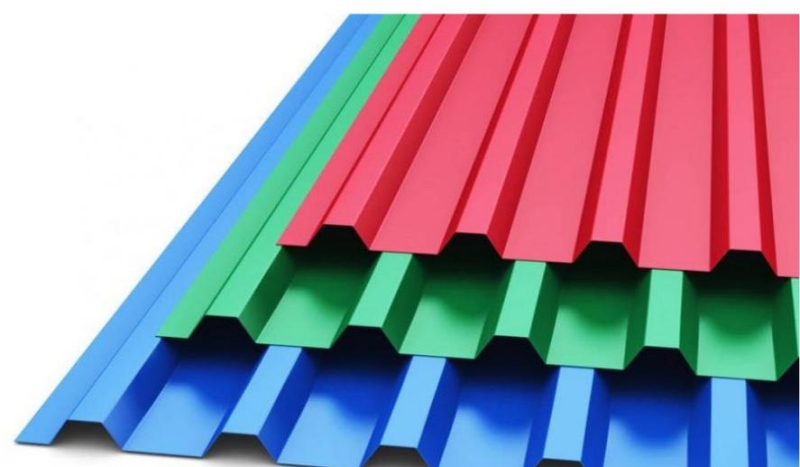
VI. Connection of steel structures
(A) Welding seam connection
Weld connection is through the heat generated by the arc so that the welding rod and the weldment local melting, cooling condensation into a weld, so that the weldment connected to become one.
Advantages: does not weaken the cross-section of the member, saving steel, simple structure, easy to manufacture, connection stiffness, good sealing performance, easy to use under certain conditions of automation, high production efficiency.
Disadvantages: the weld near the steel due to welding high temperature effect of the formation of heat-affected zone may be some parts of the material becomes brittle; welding process of steel by the uneven distribution of high temperature and cooling, so that the structure of the weld residual stress and residual deformation on the structure of the bearing capacity, stiffness and performance has a certain impact; welded structure due to the stiffness of the large, local cracks that occur easily extended to the whole, especially at low temperatures prone to brittle fracture; welded joints due to the stiffness, local cracks occur easily extended to the whole, especially at low temperatures. Brittle fracture; weld connection plasticity and toughness is poor, welding may produce defects, so that the fatigue strength is reduced.
(B)bolt connection
Bolt connection is through the bolt fasteners such as connectors connected to become one. Bolt connection is divided into ordinary bolt connection and high strength bolt connection.
Advantages: simple construction process, easy to install, especially suitable for site installation connection, also easy to dismantle, suitable for the need to install and dismantle the structure and temporary connection.
Disadvantages: the need to open holes in the plate and assembly of holes, increasing the manufacturing workload, and the manufacturing of high precision requirements; bolt holes also weaken the cross-section of the component, and the connected parts often need to be lapped or additional auxiliary connection plate (or angle), and therefore more complicated construction and more costly steel.
(C)riveted connection
Rivet connection is one end with a semi-circular prefabricated head of the rivet, the nail rod will burn red and quickly inserted into the nail holes in the connector, and then use the rivet gun will also be riveted to the other end of the nail head, so as to make the connection to achieve the fastening.
Advantages: riveting reliable force transmission, plasticity, toughness are better, the quality is easy to check and ensure that can be used for heavy and direct bearing power load structure.Disadvantages: riveting process is complex, manufacturing costly and labor-intensive, and labor-intensive, so it has been basically replaced by welding and high-strength bolt connection.
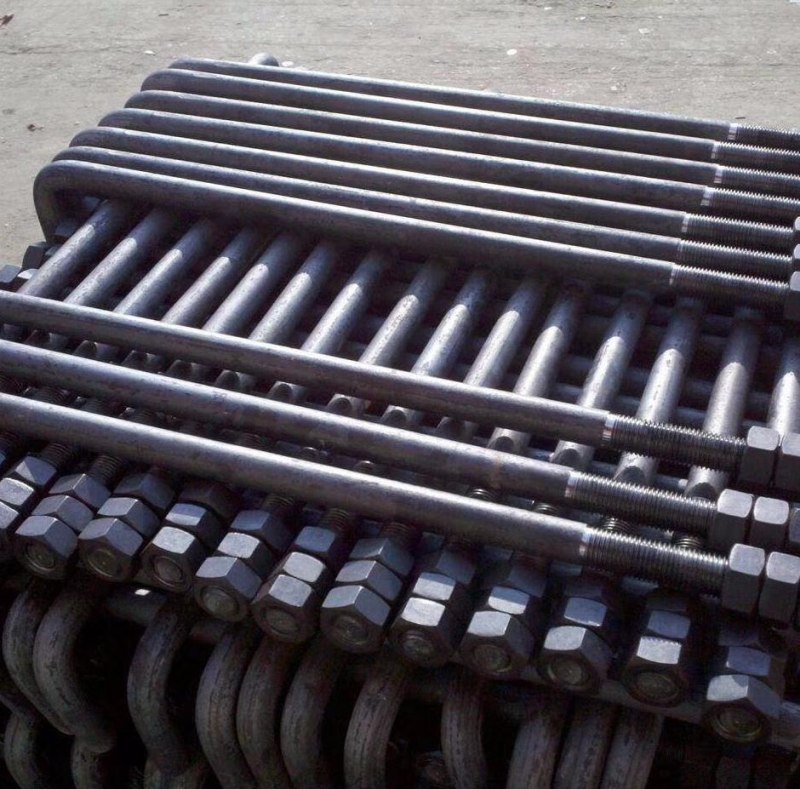
VII. welded connection
(A) Welding methods
The common welding method for steel structure is electric arc welding, including manual arc welding, automatic or semi-automatic arc welding and gas shielded welding.
Manual arc welding is the most commonly used welding method in steel structure, with simple equipment, flexible and convenient operation. However, the labor conditions are poor, the productivity is lower than that of automatic or semi-automatic welding, and the variability of weld quality is large, which depends on the welder's technical level to a certain extent.
Automatic welding seam quality stability, weld internal defects less, good plasticity, good impact toughness, suitable for welding longer direct weld. Semi-automatic welding due to manual operation, suitable for welding curve or arbitrary shape of the weld. Automatic and semi-automatic welding should be used with the main body of the metal and flux compatible with the wire, wire should be in accordance with national standards, flux should be determined according to the requirements of the welding process.
Gas shielded welding is to use inert gas (or CO2) gas as a protective medium for the arc, so that the molten metal is isolated from the air to keep the welding process stable. Gas shielded welding arc heating concentration, welding speed, depth of fusion, so the strength of the weld is higher than the manual welding. And good plasticity and corrosion resistance, suitable for thick steel welding.
(B)the form of weld
Weld connection form according to be connected to the mutual position of the members can be divided into butt, lap, T-shaped connection and angle connection and other four forms. These connections are used in the weld seam butt weld and fillet weld two basic forms. In the specific application, should be connected according to the force, combined with manufacturing, installation and welding conditions for selection.
(C) weld structure
1,Butt weld
Butt welds direct force transfer, smooth, no significant stress concentration phenomenon, and thus good performance, for bearing static and dynamic loads are applicable to the connection of components. However, due to the high quality requirements of the butt weld, the welding gap between the weldments is more stringent requirements, generally used in factory manufacturing connections.
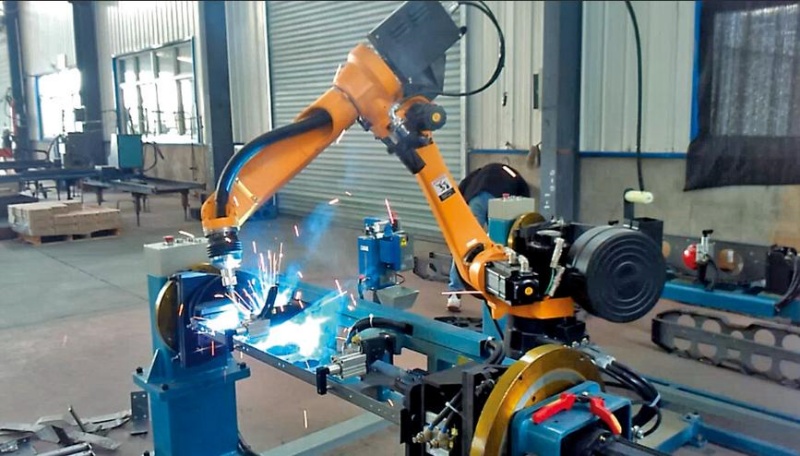
2, fillet weld
The form of fillet weld: fillet weld according to its length direction and the direction of the external force, can be divided into parallel to the direction of the side of the force fillet weld, perpendicular to the direction of the front of the force fillet weld and the direction of the force is diagonally intersected by the oblique fillet weld and the circumferential weld.
The cross-section form of fillet weld is further divided into ordinary, flat slope and deep fusion type. In the figure, hf is called the foot size of the fillet weld. Ordinary type cross-section weld foot side ratio of 1:1, similar to the isosceles right triangle, the force transmission line bending is more intense, so the stress concentration is serious. For the structure directly subjected to dynamic loads, in order to make the force transmission smooth, the front corner weld should be used two weld corner edge size ratio of 1:1.
VIII. bolt connection
(A) Structure of common bolt connection
1,The form and specification of common bolt
2,The arrangement of common bolt connection
The arrangement of bolts should be simple, uniform and compact, to meet the force requirements, reasonable construction and easy to install. There are two types of arrangement: side-by-side and staggered. Juxtaposition is simpler and staggered arrangement is more compact.
(B) the force characteristics of ordinary bolt connection
1,Shear bolt connection
2,Tension bolt connection
3,Tension and shear bolt connection
(C) the force characteristics of high-strength bolts
High-strength bolt connection can be divided into friction type and pressure type according to the design and force requirements. Friction type connection in withstand shear, outside the shear force to reach the maximum possible resistance between the plate for the limit state; when more than when the relative slip between the plate, that is, the connection has been considered to have failed and damage. Pressure type connection in the shear, then allow friction to be overcome and relative slip between the plate, and then the external force can continue to increase, and thereafter the final destruction of the screw shear or hole wall pressure for the limit state.
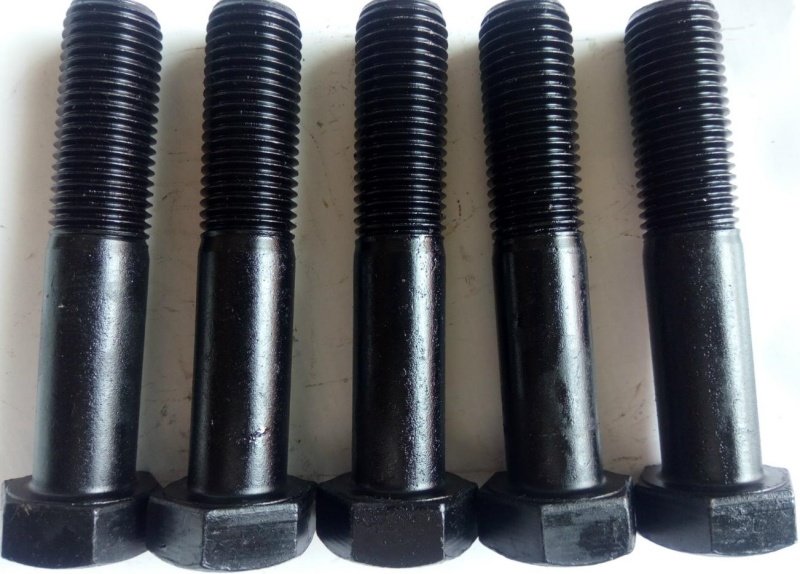
-

Copyright © 2024 Qingdao Eihe Steel Structure Group Co., Ltd. All Rights Reserved.
Links | Sitemap | RSS | XML | Privacy Policy |
TradeManager
Skype
VKontakte
